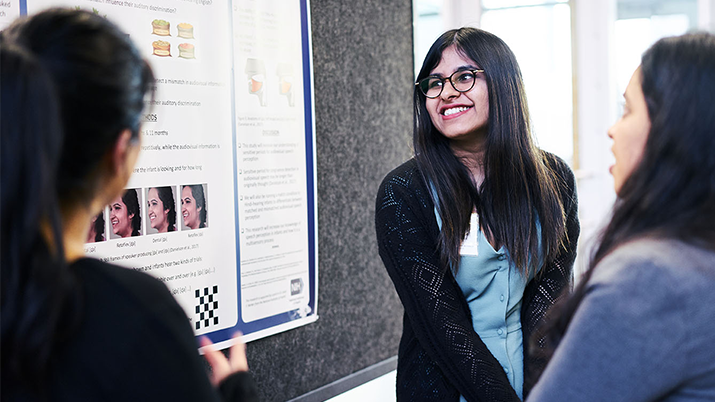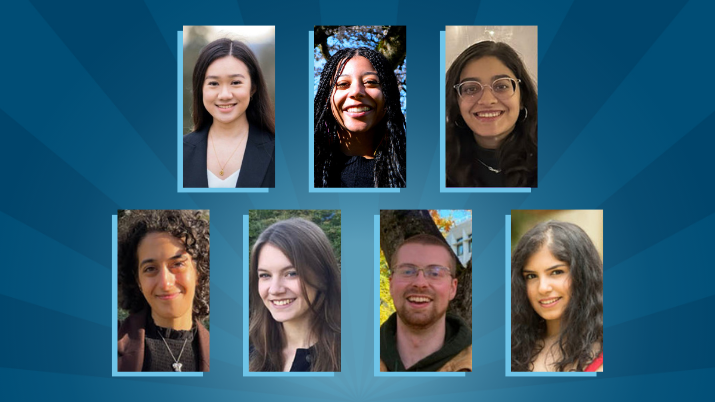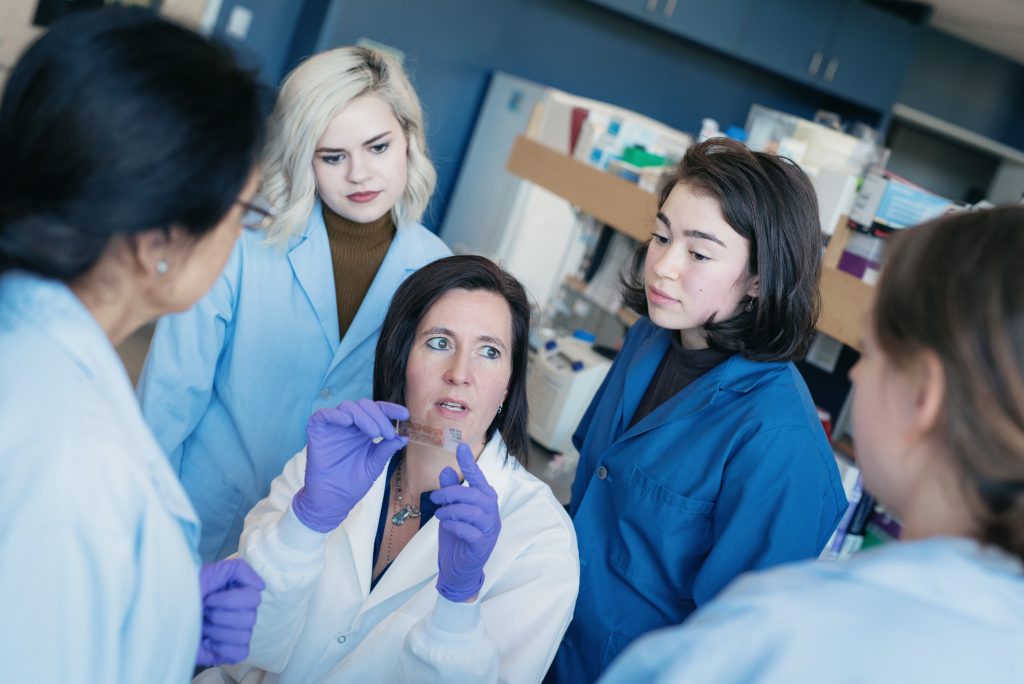

How can we teach children that girls can be as good at math and science as boys are? How do we encourage more women to study computer science and engineering? These are just a couple of the questions that a team of social scientists, STEM experts and industry professionals are uniting to answer.
Engendering Success in STEM (ESS), a new partnership aimed at improving experiences and outcomes in STEM, has received a $2.5-million Partnership Grant from the Social Sciences and Humanities Research Council. Led by Dr. Toni Schmader, a Canada Research Chair and professor of psychology at UBC, ESS is using this funding to break down the biases girls and women face in STEM (Science, Technology, Engineering and Math).
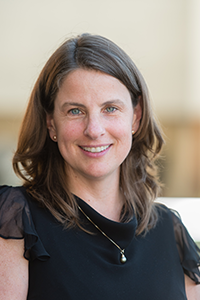

Toni Schmader
“The ESS research team is designing and testing interventions to foster support and minimize implicit gender biases for women and young girls in science and engineering,” said Schmader, an expert in gender bias and social stereotypes. “These interventions target the obstacles that are unique to each developmental stage on the pathway to success in STEM, from early childhood to early career.”
The ESS brings together academic researchers and STEM experts from the University of British Columbia, the University of Waterloo, Simon Fraser University, and the University of Toronto. ESS researchers are partnering with key stakeholders in STEM including Science World, who does extensive science outreach with children; and Engineers Canada, whose 30 by 30 campaign is an effort to increase the participation of women in engineering. The companies that have partnered with the ESS include Mozilla, General Motors, Magnitude | Simba and Teck Resources. All share a common goal: to advance gender equity in their industries.
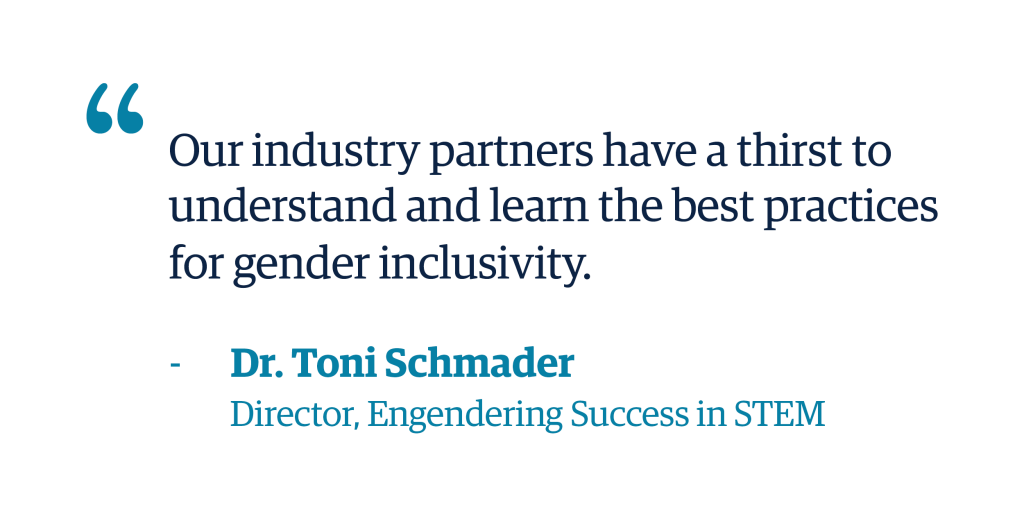

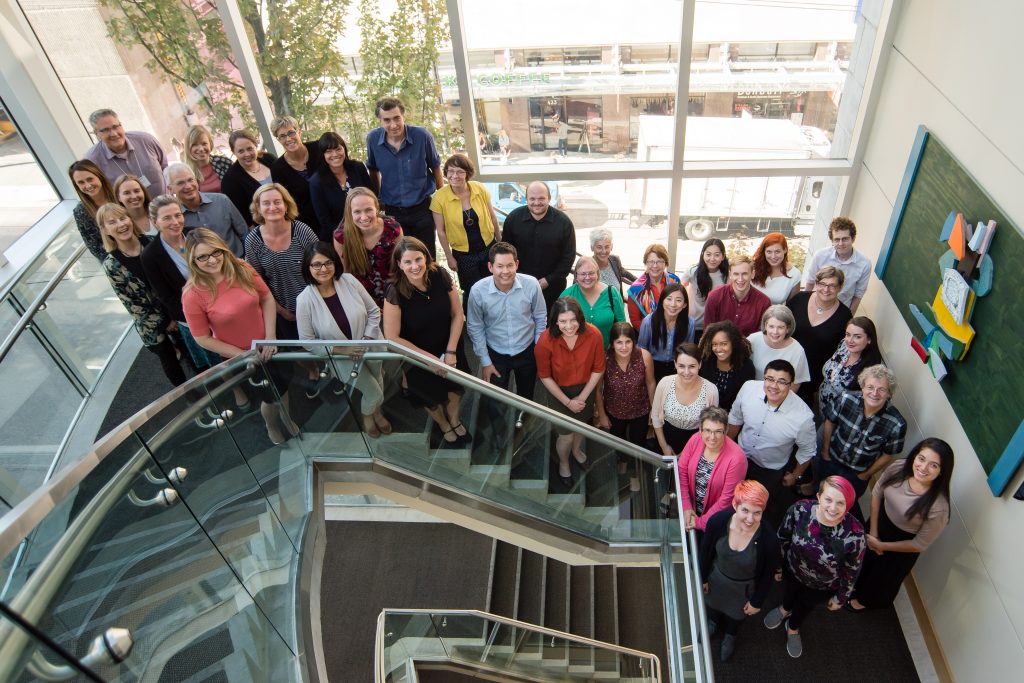

Members of the ESS consortium
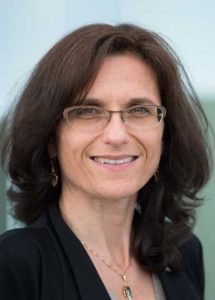

Elizabeth Croft
Dr. Elizabeth Croft, associate dean in the faculty of applied science at UBC, says that the faculty has almost 30 percent female students in engineering and the goal is to increase this number to 50 percent.
“To take the next step we need strong, evidence based strategies that can be implemented by stakeholders at every stage of development,” says Croft, who will become the new dean of engineering at Monash University in Australia in 2018. “The ESS is poised to catalyze massive systemic change in outreach, recruitment, talent development and promotion strategies across Canada. I’m excited to see this partnership move forward.”
The challenge of increasing the representation of girls and women in STEM is a complex one. Implicit bias and gender stereotypes are not an isolated problem; there are broader socio-economic, structural, and sociological issues also at play. This could be the reason that some existing programs to encourage women in STEM are not working to their full potential.
“We can’t just have interventions that are designed with only girls in mind,” said Schmader. “Our interventions recognize that there are barriers presented by biases in both boys and girls. Boys and men play a role in welcoming girls and women into STEM. Our social scientists have the socio-psychological and organizational expertise to explore and address this.”
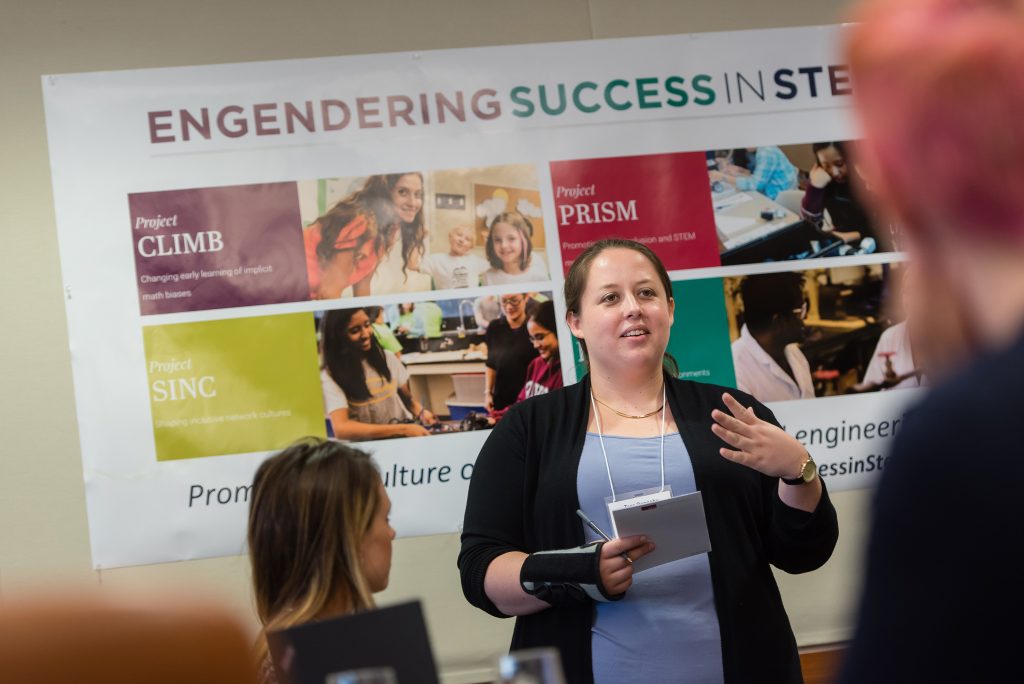

The Engendering Success in STEM partners came together in late September for a launch event that included a series of working group meetings, brainstorming sessions, and panel discussions. Schmader expects that at the mid-way point of the seven-year project they will have some early findings from the interventions. These results will be communicated and shared through infographic white papers and interactive digital media, allowing the researchers to provide best practices in a concise, fact-based way.
“Our industry partners have a thirst to understand and learn the best practices for gender inclusivity,” said Schmader. “The fact is, there isn’t a lot of research like this out there. Only by working together can we do that research in the first place.”
The Projects
Four key working groups have been established to examine evidenced-based best practices for increasing girls’ and women’s participation and success in STEM along their pathway:
Project CLIMB (Changing the Learning of Implicit Math Biases) tests programs that counteract early learning of implicit gender bias.
Project PRISM (Promoting Rising Inclusion and STEM Motivation) will establish best practices for boosting girls’ belonging in STEM, while bolstering boys’ respect for girls’ abilities.
Project SINC (Shaping Inclusive Network Cultures) aims to increase the integration of women in social networks as they transition from university to the workplace.
Project RISE (Realizing Identity Safe Environments) will harness our understanding of implicit bias, intergroup contact, and social identity threat to create a more identity safe workplace culture.
The Partners
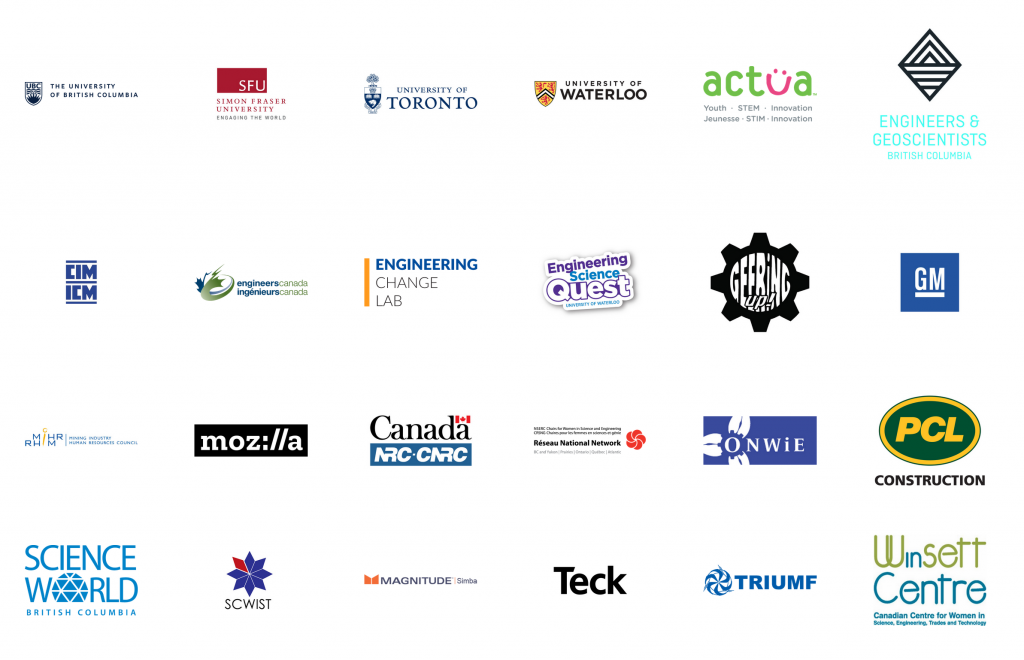

Read the Social Sciences and Humanities Research Council’s news release and partnership grant award recipients.

